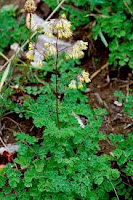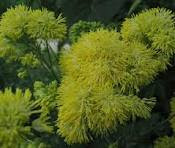I grew up with red hot pokers and goldenrod in the garden, both wonderful plants for bees, and the red hot pokers I know now are full of nectar. In South Africa, where they are a native species, they are eaten and are said to taste like honey. There are many species of these plants which are also called the Torch Lily or Tritoma, some are yellow and lime green others white, but K. uvaria is red-orange with tinges of yellow on the lower flowers.
 They stand tall and are impressive garden flowers in the same way as lupins and hollyhocks are. They are grown in Europe for their beauty and curiosity value, as well as to make an impressive backdrop for smaller flowers. The leaves are evergreen in most species, although in some they die back to grow again in the following year and the flower spikes can grow to around six feet tall.
They stand tall and are impressive garden flowers in the same way as lupins and hollyhocks are. They are grown in Europe for their beauty and curiosity value, as well as to make an impressive backdrop for smaller flowers. The leaves are evergreen in most species, although in some they die back to grow again in the following year and the flower spikes can grow to around six feet tall. They are members of the sub-family Asphodelaceae and the family of the Xanthorrhoeaceae, and as such are related to the asphodel, bog asphodel and aloe vera. In fact they were thought to be members of the aloe family at first, and were in the genus Aloe uvaria.
 In South Africa the juice of the flowers from this plant is used in cosmetics, and the root is used as a cleanser for the skin to rid it of spots and other skin eruptions. The root is also used in traditional medicine as a medicine to cleanse the uterus and so prepare it for pregnancy.
In South Africa the juice of the flowers from this plant is used in cosmetics, and the root is used as a cleanser for the skin to rid it of spots and other skin eruptions. The root is also used in traditional medicine as a medicine to cleanse the uterus and so prepare it for pregnancy. An infusion of the root of some Kniphofia species is used for chest complaints such as asthma and bronchitis. Other species figure quite prominently in traditional medicine. Although this one has limited uses it would seem.
 The Kniphofia genus was named after a distinguished 18th century German professor at Erfurt University, Johann Hieronymous Kniphof (1704-1763). It consists of more than ten species, which are mainly found in South Africa, although there is one native of Yemen and two or possibly three native to the island of Madagascar. K. uvaria is an invasive weed in some parts of Australia where it was introduced previously as a garden plant.
The Kniphofia genus was named after a distinguished 18th century German professor at Erfurt University, Johann Hieronymous Kniphof (1704-1763). It consists of more than ten species, which are mainly found in South Africa, although there is one native of Yemen and two or possibly three native to the island of Madagascar. K. uvaria is an invasive weed in some parts of Australia where it was introduced previously as a garden plant. 

























